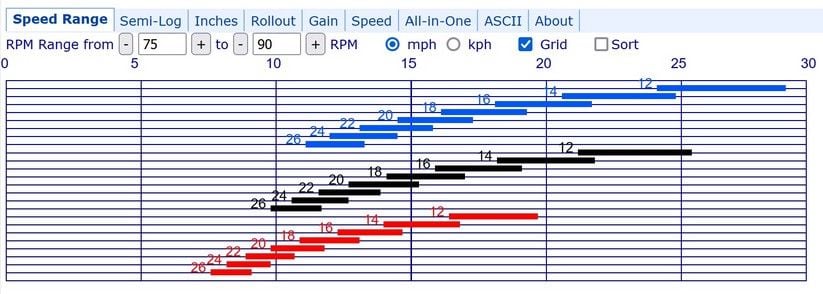More bikes are available now with a 30-46 crankset, instead of 34-50. I like it, since the two chainrings still have a good separation in their range, but all the the gearing is lowered.
To do this, you'd need a new crankset, since the 30 chainring is too small to fit the 5 bolt holes. More expensive than a new large chainring, but really nice.
I guessed on your 8 speed cassette. If it's similar to this
12-26 8-speed:
This chart shows typical flat road cadences (rpm).
Your
50 tooth in blue.
A replacement
44 tooth in black.
your
34 tooth in red.
(Charts are from the very useful
Mike Sherman's Gear Calculator. My favorite.)

~~~
The 44 isn't a huge change from your 50. It's 12% easier: 44/50=0.88 100-88=12
Here's road speeds at 80 rpm for 50, 44, 34 chainrings.
Comparing 50 vs 44:
For the largest cogs, the difference is about 1.5 mph.
For the middle of the cassette, about 2 mph. That's about one shift of the rear cogs.

~~~~~~~~~~~~~~~~~~~~~~~~~~~~~~~~~~~~~~~~~~~~~~~~~~~~~~~~~~~~~~~~~~~~~~~~~~~~~~~~~~~~~~~~~~~~~~~~~~~~ ~~~~~~~~~~
New crankset
The same cassette with a 30 - 46:
46 in black
30 in red.
Nice ranges for each chainring. And almost "two shifts easier" for the lowest gear.
Around 12 mph to 25 mph for the big ring,
7 mph to 14 mph for the small ring. (at flat road cadences. On steep hills, the 30 front: 26 rear is pretty good. I like 1:1 ratios, though: a 30 front, 30 or 32 rear!)
